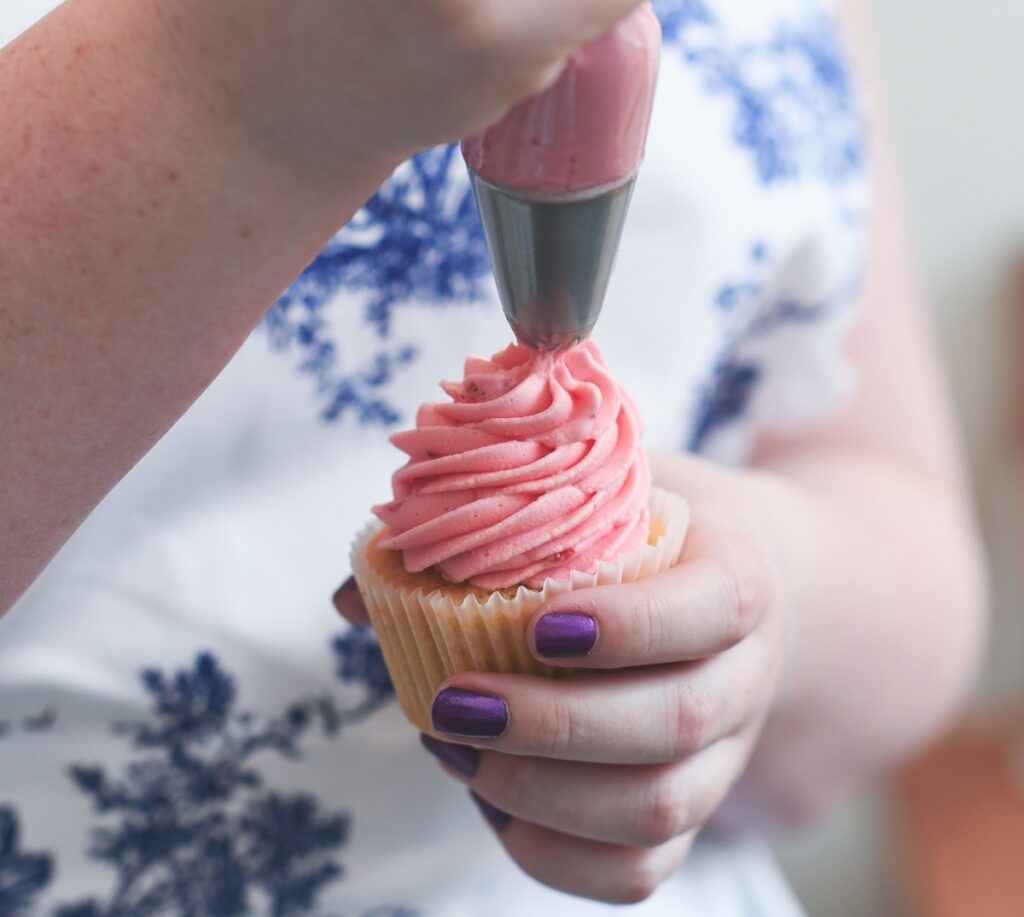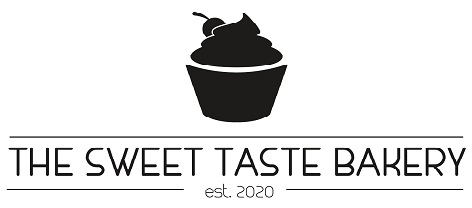Five Top Tips for Making Buttercream
There’s no denying that buttercream is super delicious. It’s the perfect pairing for cakes, cupcakes, macarons and even cookies, and it can be easily modified for a huge variety of flavours. However, it can also make or break the presentation of your sweet treats.
There are a few important things you need to know before making your own buttercream from scratch, which is why I have put together a few tips and tricks to help you make the perfect frosting!

1. Make sure your butter is at room temperature
It’s important to always start with room temperature butter when making buttercream. Cold butter is really tough to work with and can prevent your buttercream from coming together. On the flip side, it’s hard to whip up melted butter, and it won’t blend well with your icing sugar.
At room temperature, butter should still be firm but malleable, and easy to slice or cut into cubes. You should also be able to press your finger into it and make an indent easily.
The best way to bring butter to room temperature is taking out of the fridge an hour before you need to use it. If you’re in a rush you can cut the butter up into cubes and microwave it in very short bursts, but it’s best to be patient.
2. Always sift your icing sugar
It might seem like an unnecessary step but sifting your icing sugar is actually pretty crucial. Not only will sifting your icing sugar remove any big lumps, it can also stop your buttercream from becoming gritty or grainy.
You can either sift all your icing sugar ahead of time then add into your buttercream in small amounts or just sift a couple of tablespoons at a time.
3. Mix on a low speed for longer
One of the big mistakes I used to make when it came to buttercream was overmixing on a high speed. It’s an easy mistake to make if you’re rushing and trying to make buttercream quickly – yes, it’s delicious and yes, you probably want to get it on that cupcake and into your mouth ASAP.
However, overmixing can cause your buttercream to become bubbly – when you’ve whipped to much air into it. This makes it really hard to get a nice smooth finish when you’re piping or spreading your buttercream onto cakes.
The best thing to do is take your time. If you’re using a stand mixer, use the paddle attachment on a low speed. You can also use the beaters on a hand-held mixer, but I would recommend stopping every so often to stir the buttercream by hand with a spatula to knock out any excess air bubbles.
4. Avoid adding too much liquid
There are a lot of options when it comes to adding liquid to your buttercream – a splash of milk, water, cream, extracts or flavourings, juice, coulis or even liquor.
These options can add great flavour and make your buttercream extra smooth and creamy. However, while a little bit of liquid will help to loosen your buttercream up, too much will make it thin, soupy, and really hard to work with.
If you need to add liquid, add it in small amounts.
5. Use quality vanilla
Vanilla is a key ingredient in buttercream. I’m a huge fan of a simple vanilla cupcake with vanilla buttercream frosting – it’s such an amazing flavour. If you get the right vanilla extract, of course.
There are a lot of options out there and it can be confusing, so the best thing you can do is check the label. Vanilla flavourings for example often contain artificial vanilla flavour, while some vanilla extracts contain ethanol. You can also buy vanilla bean paste, which I prefer, or you can buy actual vanilla pods.
Good vanilla isn’t cheap, but trust me, it’s worth the investment.
Don’t forget to check out my buttercream recipes here.
Have you got any buttercream questions? Leave me a comment below!
